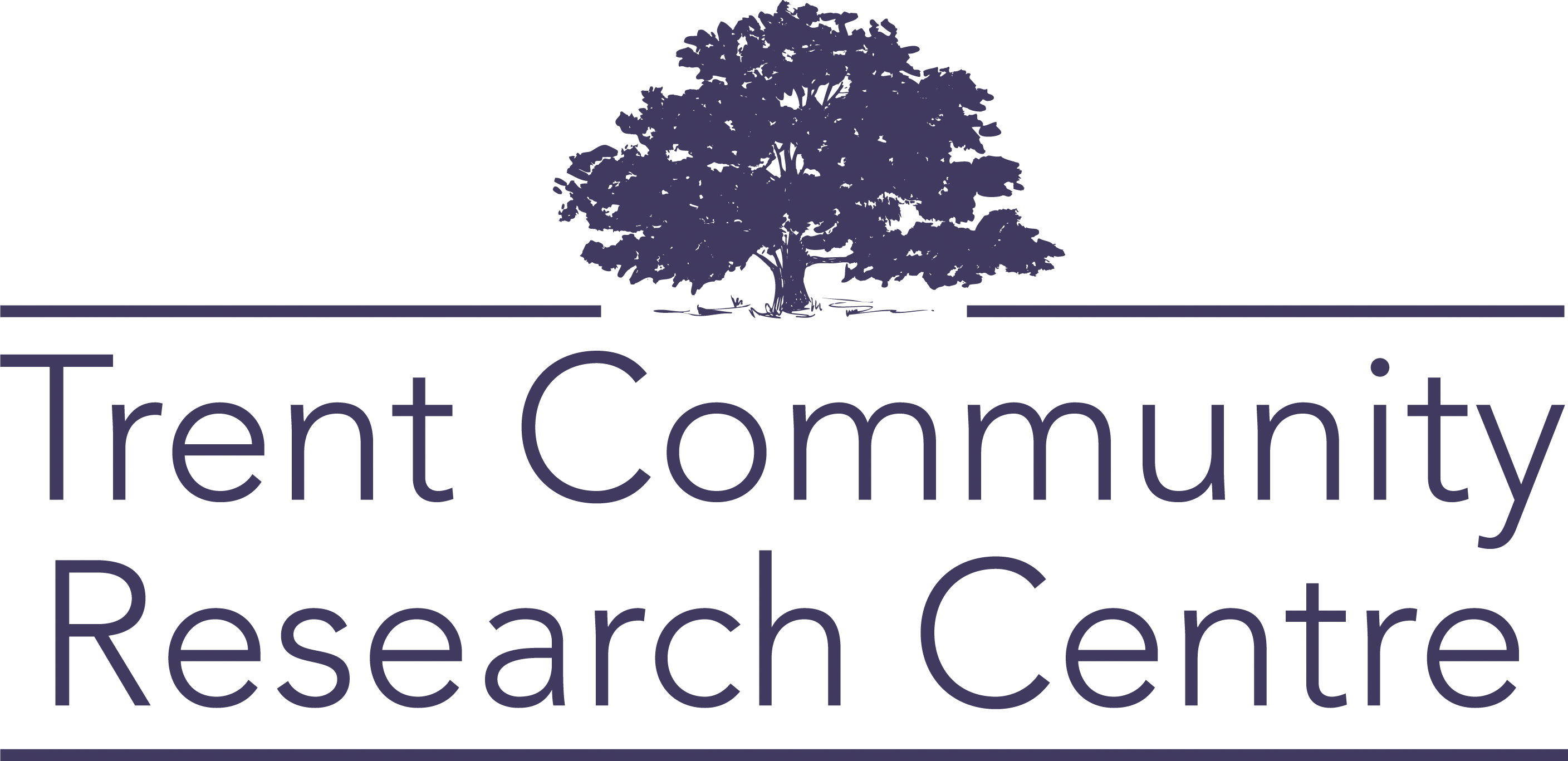Unit 1: Data analysis and interpretation
In this unit, we introduce the basics of qualitative and quantitative data analysis and interpretation. The purpose of data analysis is to organize, summarize and describe the data that has been collected and, second, to draw conclusions or findings. Large amounts of qualitative data can be reduced to key themes or concepts while quantitative data can be summarized statistically and used to test hypotheses or propositions. This unit is only a short introduction to a complex topic. You will need to continue your independent learning about data analysis.
Unit 2: Quality & Rigour
Rigour is the practice of doing research well, from designing your project, to collecting and analyzing data, to interpreting your findings. It deals with the things you do so you can trust your work and know that your research findings are of good quality. But quality is a trickier concept when it comes to community-based research. We will discuss strategies to help you do rigorous, high-quality community-based research.
Teaching Case
Case Study: Data Analysis
Dave has been working on a community-based research project most of the term. Sunrise Agriculture, the project partner, is a small non-profit dedicated to making agriculture more sustainable. They are hoping to use the research findings to develop better communication materials, hence they want to understand the existing attitudes of farmers toward environmental issues on their property. The community partner has a particular interest in environmental farm plans because they have a small grant to help farmers develop them.
Dave has also collected about 75 news articles related to environmental farm plans from the trade magazine Ontario Farmer. He’s completed five wide-ranging interviews with local farmers about their attitudes toward environmental farm plans and other stewardship projects on their property. He has spent hours and hours transcribing the interviews and read all of the magazine articles. But he’s unclear how to make sense of the data he’s collected. Where does he go next? What has he found?
The community partner has suggested that Dave organize the news articles according to whether they are positive or negative toward environmental farm plans. They are sure that this will show that Ontario Farmer supports environmental farm plans, which will be useful in their communication material to promote environmental farm plans. In a similar vein, they’ve suggested that all positive comments about environmental farm plans from the interviews be highlighted because these would be really useful quotes in the communication material.
But Dave’s professor has told him to read the articles to discern the key themes in the content. And to then compare these with the themes from the interviews to see how and if they are similar or different from the content of the articles. He’s cautioned against counting the instances of support or opposition and suggested content analysis.
Dave is looking for your advice. To be sure, he knows he should have planned the analysis better before collecting the data and to have been more precise in structuring the research questions. But it’s too late for that now.
- Should he follow the wishes of the community group?
- Should he follow his professor’s advice?
- Can he produce reliable findings that everyone will accept?
- What “content” should he be looking for?
Next Module: Ethics
Back to Main Page
Licensing

Except where otherwise noted, content on this site is licensed under a Creative Commons Attribution 4.0 License.
Where indicated, images, video, and audio have some rights reserved, and you must obtain permission from the copyright owner to use this material.






